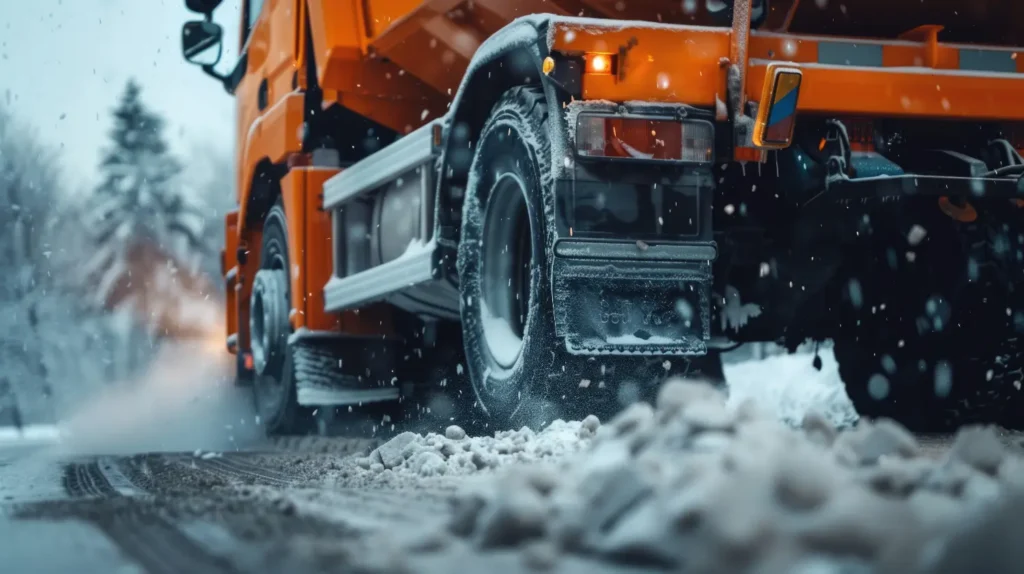One of the reasons we prefer in-person visits to a potential client’s site is that we pay particular attention to any raised surfaces, such as transport bridges and multistorey car parks. This is for one reason: for these surfaces to remain safe, they require far more sophisticated monitoring than the industry standard.
It is not widely known that standard ground surfaces can provide temperature readings as high as 3 Degrees Celsius for raised locations such as a bridge or top deck, which would not commonly trigger a gritting event. However, due to the unusual nature of how car park top decks and bridges can freeze, they could have already reached the cooling point in these circumstances.
To explain the science, when freezing wind reaches a bridge as temperatures drop, it will lose heat from every side as it has nothing to trap the warmth in. Mix in the steel and concrete construction, both of which conduct heat very well, and any warmth a bridge manages to trap will be transferred to its surface quickly, where it will be lost to the air around it.
The same principle also applies to top decks of car parks, they are far more exposed to wind chill than most surface areas, and due to the thermal movement of the construction, they do not retain any heat. The bottom line is that a top deck car park or bridge will follow the air temperature very closely. If the air temperature falls below freezing, their surfaces will quickly drop below freezing. Rain or snow, therefore, will freeze and stick to the bridge.
So why don’t the same challenges exist with road surfaces? Roads are constructed using asphalt, which does not conduct heat very well; therefore, a road only loses heat from its surface. So even while the temperature on the road surface is dropping, the heat underneath the highway keeps it warm enough to prevent icing as temperatures in the atmosphere drop below freezing.
For this reason, it puts any site with a bridge or top deck at a higher risk of accidents if they are not monitored adequately and why as a standard, we install our temperature sensors technology.
Our Wintersense solution revolves around a simple sensor attached to a roadside lighting column which reliable supplies road surface temperatures that will enable faster response if gritting is required.
Quick to install, Wintersense all takes several precautions to ensure accurate measurements:
- Over three years of testing, trialling, iterating, and deploying the road temperature sensors to ensure they fit their purpose.
- Significant investment in a sophisticated climate chamber capable of subjecting each sensor to freezing conditions to assess the sensor would remain accurate in deployment.
- As with any infrared road temperature sensor, vehicles can cause errors when blocking the sensor’s view of the road surface. Wintersense software filters out any resulting temperature spikes.
- Once the sensor uploads its data to the cloud servers, it is passed through various quality control checks to flag and alert any suspect data.
Combined with accurate weather forecasting from a company based at the University of East Anglia, plus real-time reporting, AccuGrit can help keep your premises safe and accessible in winter.
Contact the team to find out how we can support your business: Get in touch!


